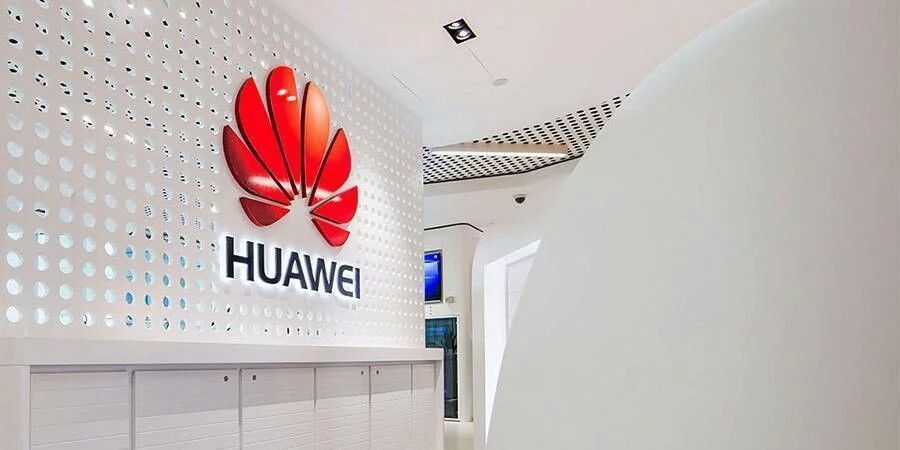
Huawei Unveils New AI System, potentially rivaling Nvidia
Jul 27, 2025 |
👀 46 views |
💬 0 comments
In a move that sends shockwaves through the global technology landscape, Huawei officially showcased its new full-stack AI computing system on July 26, 2025, presenting a powerful domestic alternative to Nvidia's industry-leading hardware. The unveiling, a highlight of the World Artificial Intelligence Conference (WAIC) in Shanghai, is seen as a pivotal moment in the escalating U.S.-China tech rivalry, demonstrating China's accelerating progress in achieving AI self-sufficiency.
The system, dubbed the Atlas 900 A3 Superpod, built on Huawei's CloudMatrix architecture, is being positioned as a direct competitor to Nvidia's most advanced offerings. This development suggests that years of stringent U.S. sanctions, intended to curb China's technological ascent, have instead catalyzed a formidable homegrown AI hardware ecosystem.
At the heart of the new system are Huawei's own Ascend 910C AI accelerators. Rather than trying to match the performance of a single Nvidia chip, Huawei has adopted a "scale-out" strategy. The showcased supernode links a massive 384 of these domestic processors together with a proprietary high-speed interconnect. This approach allows the cluster to function as a single, immensely powerful entity, capable of training the massive large language models that are critical to modern AI.
Industry analysts, who have been closely watching Huawei's progress, were quick to offer comparisons. While a single Ascend 910C chip is less powerful than a top-tier Nvidia GPU, the strength of the Atlas 900 system lies in its collective power. Reports indicate that the system can achieve staggering performance on certain benchmarks, potentially outperforming Nvidia's flagship GB200 NVL72 system in raw computational throughput.
However, this power comes at a cost. The Atlas 900 A3 is reported to be significantly more power-hungry than its Nvidia counterpart, a trade-off that highlights the challenges Chinese chip designers face without access to the latest international semiconductor manufacturing technology.
The strategic implications of the announcement cannot be overstated. With U.S. export controls effectively locking Chinese tech giants out from purchasing Nvidia's most advanced AI chips, a vacuum has emerged. Huawei is now aggressively moving to fill it. For Chinese AI labs and cloud companies, the Atlas 900 represents a viable, and crucially, a non-sanctionable path forward.
This development intensifies the ongoing tech cold war between Washington and Beijing. The U.S. strategy of using chip export bans as a chokepoint was designed to maintain a significant technological lead. Huawei's ability to now field a competitive system-level solution challenges the long-term effectiveness of this strategy. It suggests that while the U.S. may still lead in individual chip design, China is innovating at the system and architecture level to close the performance gap.
As one analyst noted, "We are no longer talking about hypotheticals. Huawei is shipping hardware that can power world-class AI. This will force a recalculation in Washington and give Chinese companies a powerful new tool to compete on the global stage."
While Nvidia remains the dominant force in the global AI market, its de facto monopoly is now facing its most significant state-backed challenge yet. The launch of the Atlas 900 A3 Superpod is not just a product release; it's a declaration of technological independence that will reverberate from Silicon Valley to Beijing.
🧠 Related Posts
💬 Leave a Comment
